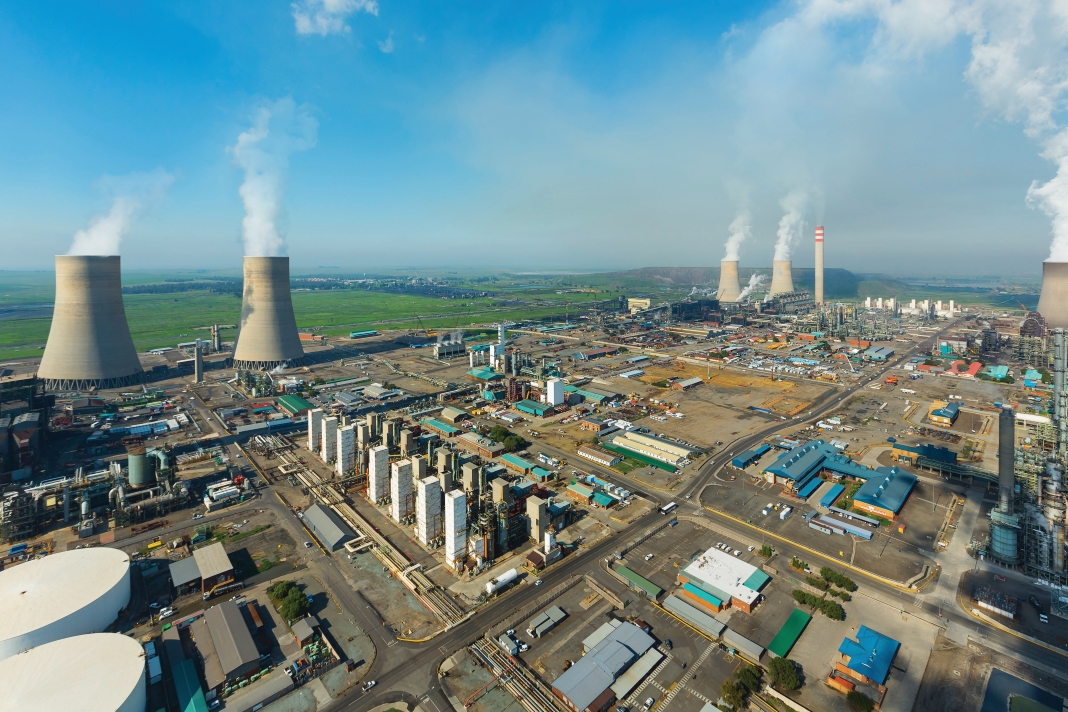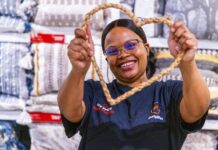
Hydrogen is a clean fuel that can be made from any number of sources. The prospect of producing hydrogen from clean, renewable sources is exciting scientists, investors and governments all over the world.
Electrolysers split water into oxygen and hydrogen. If the power that is used to run the electrolyser is clean, then the resulting hydrogen is said to be “green hydrogen”.
The Northern Cape has everything that is needed to make green hydrogen in large quantities: great solar and wind resources, lots of land and provincial and national governments eager to harness the energies of the private and public sectors.
The National Hydrogen and Fuel Cell Technologies Research, Development and Innovation strategy (Hydrogen South Africa) was established in 2008. South Africa currently uses fossil fuels to make two types of hydrogen: “brown” (coal) and “blue” (gasification with carbon capture).
Studies have started to appear about the creation of hydrogen valleys in parts of South Africa and there has been an understandable focus on areas that produce platinum group metals. Platinum is a vital part of hydrogen fuel-cell technology because of its ability to tolerate high temperatures and to act as a catalyst for generating electricity.
However, one of South Africa’s key points of difference in the competition to become a global green hydrogen hub – and there will be lots of competition – is access to renewable energy resources (a Northern Cape strength) and Sasol.
Sasol is a chemicals and energy company with a large global footprint and a history of innovation. One of the key projects that Sasol is putting its weight behind is in the Northern Cape.
The company has signed a Memorandum of Agreement (MOA) with the Northern Cape Development Agency (NCEDA) to lead the feasibility study to explore the potential of Boegoebaai as an export hub for green hydrogen and ammonia. The Industrial Development Corporation (IDC) is involved in funding the study.
One of the province’s biggest investors, Anglo American, is running a project to power its trucks with green hydrogen and rolled out the first massive truck at one of its mines in another province. Its intention is to get its truck fleet running on hydrogen at all mines, including in the Northern Cape.
The Northern Cape Green Hydrogen strategy was announced in 2021 at COP26. A master plan for a green hydrogen Special Economic Zone (SEZ) is being developed, which aims to support 40GW of electrolyser capacity by 2050.
The Boegoebaai project is one of several green hydrogen, ammonia and power-to-X (P2X) potential projects which Sasol is assessing as part of a new strategy. The process of pre-qualification has begun, with consortiums entering bids to develop the port. One such grouping includes logistics operator Newyln Group, who are teaming up with international partners.
As Priscillah Mabelane, Executive Vice President for Energy at Sasol, says, “We believe that Southern Africa is well positioned to play in the global green hydrogen economy due to key structural advantages. In particular, our proprietary Fischer-Tropsch technologies and renewable endowments are some of the best in the world.”
Fischer-Tropsch refers to the technology that creates synthetic oils and fuels from coal, natural gas or biomass through gasification. Sasol has decades of experience in this field.

Foreign and local partnerships
Council for Scientific and Industrial Research (CSIR) research into green hydrogen shows that from 2030 Japan intends importing about 300 000 tons of hydrogen per year (at a target price of $3 per kilogram), rising to between five-million and 10-million tons of hydrogen per year by 2050.
As the Principal Research Engineer of CSIR, Thomas Roos, states: “CSIR modelling has shown that the combination of South Africa’s excellent solar and wind resources and the expected cost reductions over time in solar PV, wind and electrolyser equipment allows green ammonia produced in South Africa to be delivered to Japan in 2030, meeting the Japanese cost target.”
Germany will only generate 14% of the green hydrogen it will need to meet its decarbonisation targets. Namibia and South Africa are in its sights. Three German federal ministries are funding projects that involve the CSIR to develop the green hydrogen economy in South Africa.
Local partnerships were to the fore at the signing of a Memorandum of Understanding between the provincial governments of the Northern Cape and the Western Cape in 2022. The aim is to develop a green hydrogen corridor stretching along the west coast.
Four of the nine projects published as part of the Green Hydrogen National Programme (GHNP) are in the Northern Cape: the Prieska Power Reserve, the Ubuntu Green Energy Hydrogen Project, the Upilanga Solar and Green H2 Park and the Boegoebaai Green Hydrogen Development Programme.
The national Just Energy Transition Investment Plan has committed R1.6-billion over five years to pilot Skills Development Zones SDZs in the Northern Cape, Mpumalanga and the Eastern Cape.
Invest in Hydrogen
For more information or to invest in the Northern Cape hydrogen economy, contact the Northern Cape Department of Economic Development here.








